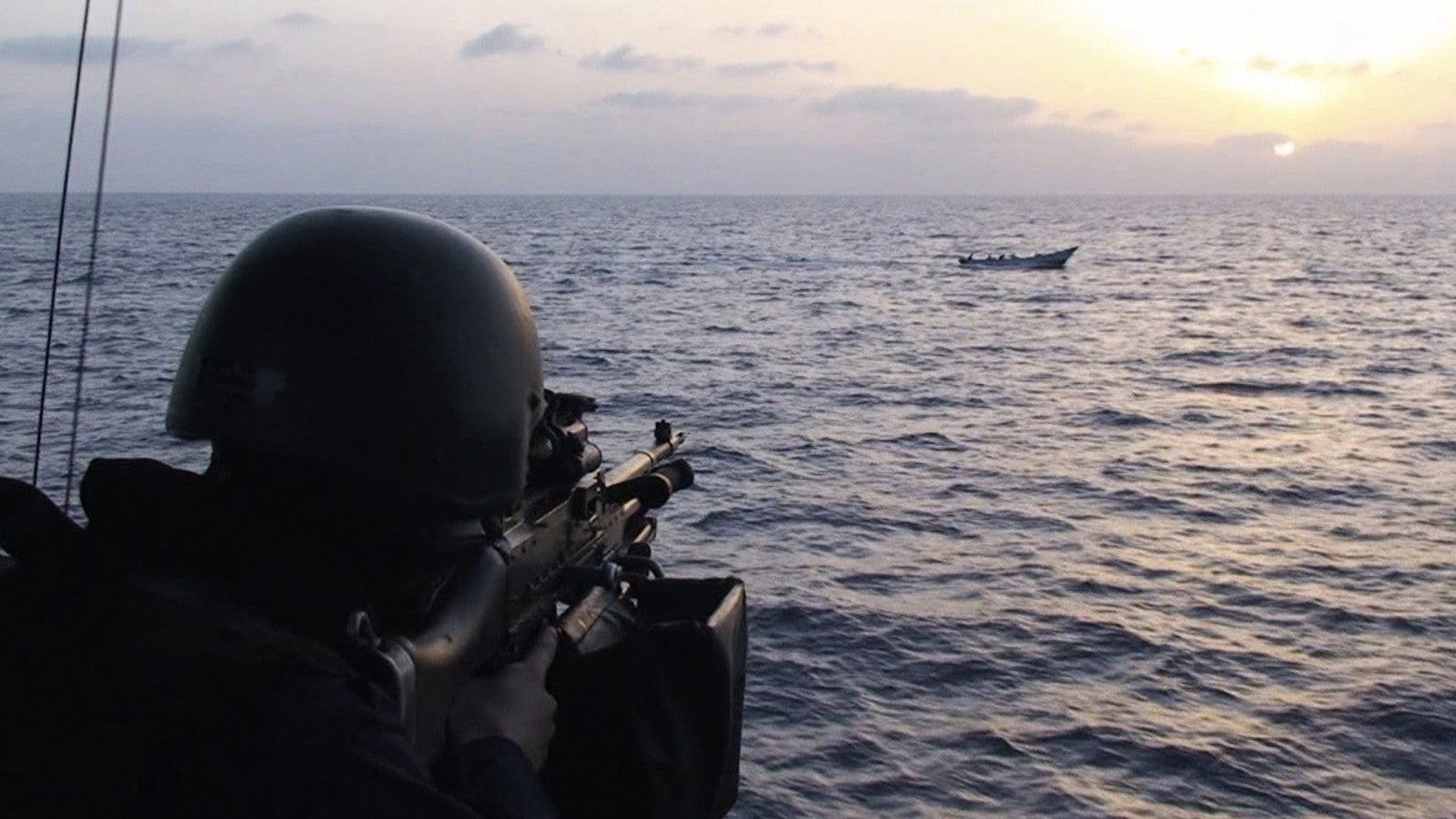Piracy on the high seas is on the decline, and so is the anti-piracy industry
Back in 2011, guarding ships against pirates was a growth industry.


Back in 2011, guarding ships against pirates was a growth industry.
Hijacks for ransom were a big problem, and most of them came from East Africa, specifically Somalia. A huge swath of the Indian Ocean was designated a high risk area by international regulators, and in it ships were—and still are—allowed to carry guards with guns to protect their crew and cargo. In most of the world’s seas, that’s illegal, but the threat was great enough to warrant a big exception.
But the private maritime security industry has been a victim of its own success. Anti-piracy measures have been so effective that now smaller security firms are going out of business. Today (April 18, 2016) the Security Association for the Maritime Industry (SAMI), one of the main bodies that set standards for guard providers, announced its voluntary liquidation.
In a press release announcing the liquidation, SAMI said that its fee-paying membership had fallen as the industry has “consolidated,” rendering the organization financially unsustainable.
But even as small companies go out of business, costs are driven down, and some ships have stopped carrying guards, many in the industry say that the threat hasn’t gone away.
“The worst thing that people can do is become complacent about the threat,” said Peter Cook, an ex-Marine who set up and ran SAMI. “I think there is still a threat of piracy reappearing off the coast of Africa…and the most likely thing that will make that happen is if people drop their guard.”
Guys with guns is one measure the shipping community has used, but not the only one. International navies posted warships in the area. Cargo vessels increased their speeds, travelled in convoy, and installed onboard deterrents such as barbed wire and water cannons.
Oceans Beyond Piracy, a non-governmental organization that studies global piracy, said that the cost of global piracy (pdf) in 2011 was between $6.6 and $6.9 billion, with a large portion coming from the million-dollar ransoms demanded off East Africa’s coast by pirates for the return of captured ships and the people aboard. The last such successful hijack for ransom was in May 2012. In 2012, piracy off Somalia alone had an economic cost of up to $6.1 billion, according to Oceans Beyond Piracy. By 2014, that figure had fallen to $2.2 billion.
Cook noted, though, that piracy is not just an East African problem, and hijacking for ransom isn’t the only problem. West African piracy, centering on oil and other cargo theft, has been on the rise (though with a dip caused by recent low oil prices). Trafficking of refugees, smuggling, and maritime terrorism remain serious concerns, he said.
It’s no surprise, perhaps, that those in the security industry still see its value. Mark Gray’s company MNG Maritime runs floating armories, the seaborne lock-ups where guards and weapons embark on voyages. Of SAMI’s liquidation, he said: “It’s a shame… [but] their demise should not be taken as an indicator of the health of the private maritime security market as a whole.”
Piracy on the high seas has not gone away, he said, so guarding ships is still a going concern.